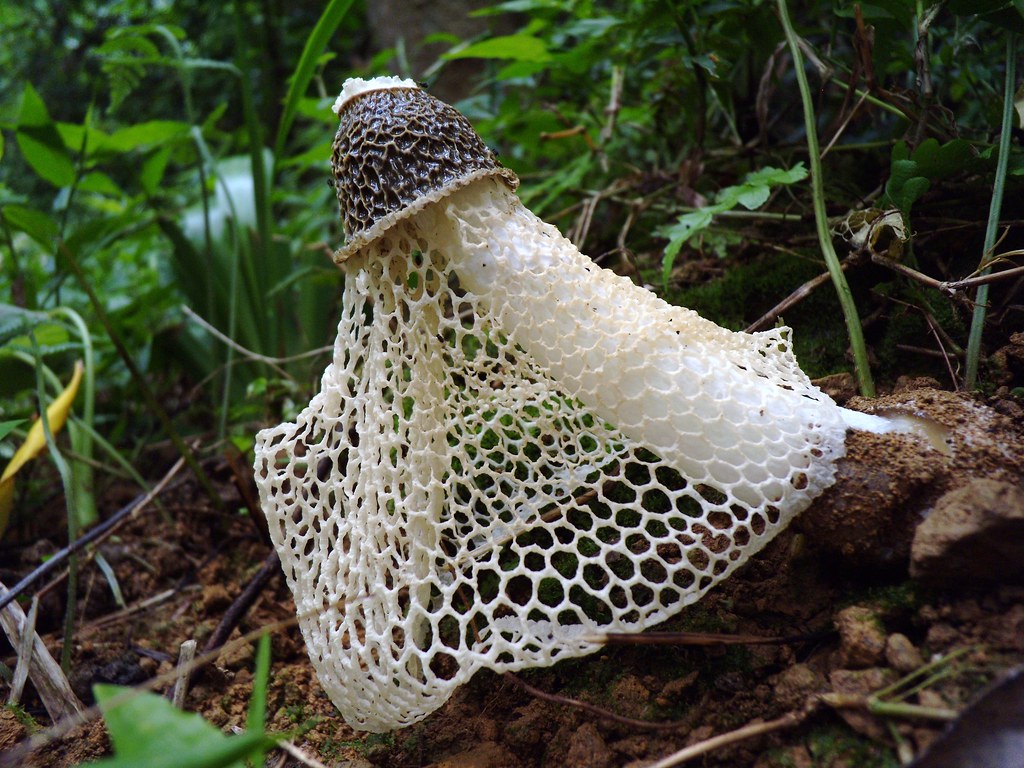Saturday, April 4, 2015
Friday, April 3, 2015
Thursday, April 2, 2015
Animals of the Tropical Dry Forest
Many
animal species make their home in the Tropical Dry forests. Like plants, these
animals must have the ability to adapt to wet and dry seasons. Often species
reproduce with the rainy seasons. Many species are also migratory. Famous large
mammals, such as elephants, rhinoceros, hippopotami, and giraffes are endemic
to this biome. With large herbivores come large predators, with lions, tigers,
grey wolves, leopards, fossa, and jaguars all native to these areas.
Reptiles are well adapted to this biome.
The animal diversity in one Mexican desert is up to 40% lizard species. Snakes
and geckos are also common. Famous snakes include the venomous King cobra,
fer-de-lance, and black cobra. There are less amphibian species in the dry
forest, as they are generally not well adapted for the dry season. The
amphibians that do live in this biome will use the small water pools at the
leaf bases of bromeliads and orchids to lay their eggs and grow their tadpoles.
Several bird species live in this biome, including the golden eagle, peacock,
and peregrine falcon.
Various rodent and insect species are
endemic to the tropical dry forest. These include the capybara and the
hummingbird hawk moth. The Acacia tree has hollow thorns that house ant
colonies. The ant colonies protect the tree from herbivores and other insects
while the tree provides a safe home for the ants. Australia also has Tropical
dry forest area. Some of the species native there are the Tasmanian devil and
koala. Madagascar is part of the biome with its famous unique species such as
the ring-tailed lemur.
Due to many factors, including
deforestation, this biome is home to many threatened and endangered species.
The black and Javan rhino, komodo dragon, sloth bear, maned wolf, tiger, and
clouded leopard are all found here.








Plants of the Tropical Dry Forest
The
tropical dry forest biome is characterized by warm temperatures and seasonal
rains. Plants and animals must be adapted to withstand downpours in the rainy
seasons as well as months without rain during the dry season. To conserve
water, most trees in this region are deciduous, losing their leaves in the dry
season to conserve water. Some species are evergreen in the nearby tropical
rainforest become deciduous when they grow in the tropical dry forest. Leaves
are generally smaller and thicker. The tree canopy is shorter overall, only
10-30m tall. When the trees shed their leaves, more light reaches the ground,
allowing thick underbrush to grow in the dry season. Unlike the rainforest, the
trees rely mostly on animals to disperse seeds. Soils are more fertile in the
dry forest than in the rainforest, but also more prone to erosion.
Succulents
and epiphytes are also well adapted to the tropical dry forest. Cacti, orchids,
and bromeliads are common. One well
known species is the bridal veil stinkhorn. Bromeliads and orchids collect leaf
litter and water in their leaf bases. Some amphibians use these small pools of
water to reproduce.




Subscribe to:
Comments (Atom)